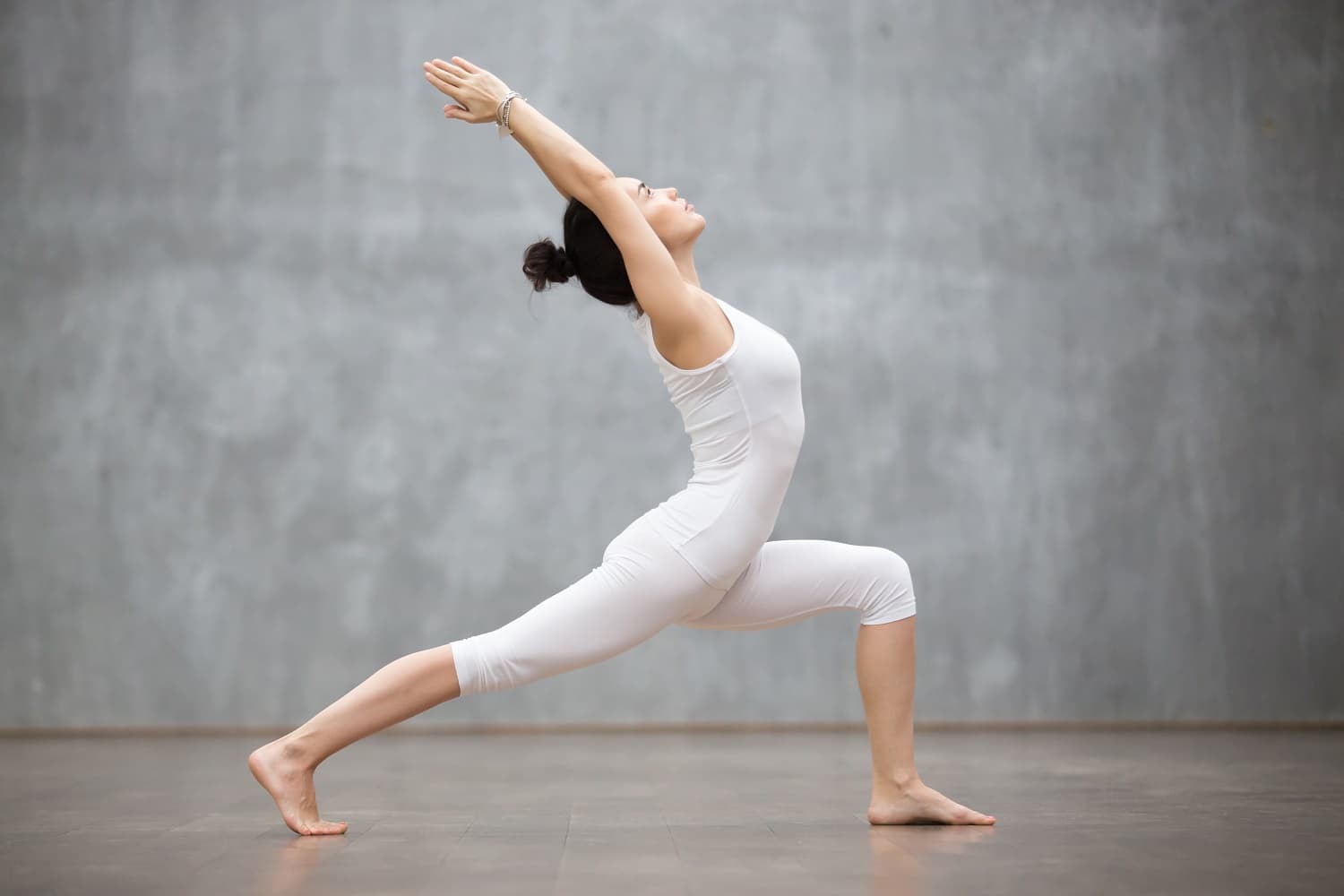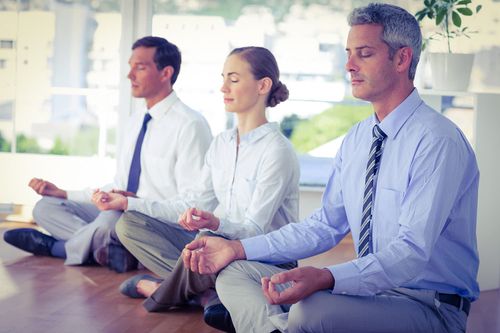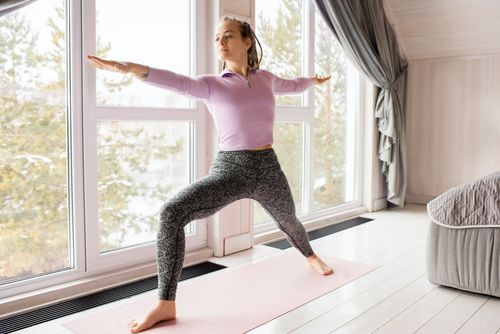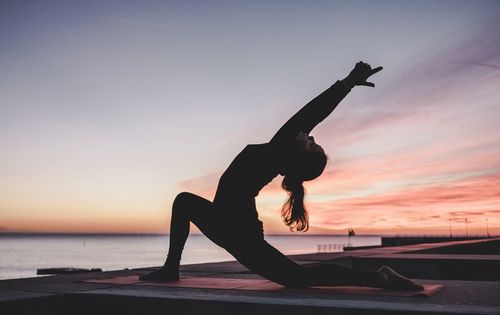What is Ashtanga Yoga?
Ashtanga yoga is a form of yoga that synchronizes breath and a series of poses to produce an internal heat designed to purify the body and improve the body and the mind. This yoga form helps remove impurities from the body and helps strengthen the circulatory system. It is also excellent for building core strength and toning the body.
Ashtanga yoga was developed by Indian yoga teacher K. Pattabhi Jois in 1948. The word "Ashtanga" means eight limbs, which refer to the eight limbs of classical yoga. The eight limbs are:
- Moral codes ("Yama")
- Self-purification and study ("Niyama")
- Posture ("Asana")
- Breath control ("Pranayama")
- Sense control ("Pratyahara")
- Concentration ("Dharana")
- Meditation ("Dhyana")
- Contemplation ("Samadhi")
Ashtanga yoga is primarily concerned with "Asana." Asanas are a set of poses that the students perform. The series of movements performed is vigorous making this class very aerobic. Asanas are designed to produce heat within the body to create a purifying sweat. Then, this sweat removes the impurities from the organs and muscles, therefore, creating a healing atmosphere within the body.

How Does Ashtanga Yoga Work?
Ashtanga yoga emphasizes certain main components, namely "Vinyasa," "Tristhana," and "Dristhi."
"Vinyasa" is the flowing sequence of movements that connect each asana to the next. In addition, it coordinates the breath with the transition of vinyasa movements between asanas.
"Tristhana" is the union of breathing system, posture, and looking place. These cover the body, the mind, and the nervous system and they are always performed together.
"Dristhi" is the point that students focus on when practicing their Asanas. Also known as looking place, The Drishti helps to stabilize the mind. There are nine points:
- The nose
- Between the eyebrows
- The navel
- The thumbs
- The hands
- The feet
- Up (the direction)
- The right side of the body
- The left side of the body
Different Ashtanga Asana Poses
The Ashtanga Yoga comprises a set sequence of yoga poses that range from forwarding fold to backbends, twists, and inversions. The following are some Ashtanga Yoga postures that can be tried.
- Triangle Pose (Trikonasana)
- Hand-to-Big-Toe Pose (Utthita Hasta Padangusthasana)
- Wide-Legged Forward Bend Pose (Prasarita Padottanasana)
- Chair Pose (Utkatasana)
- Warrior Pose I (Virabhadrasana I)
- Seated Forward Bend (Paschimottanasana)
- Bound Angle Pose (Baddha Konasana)
- Upward Facing Dog Pose (Urdhva Mukha Svanasana)
- Shoulder Stand Pose (Sarvangasana)
- Corpse Pose (Savasana)
What Are the Benefits of Ashtanga Yoga?
As Ashtanga Yoga focuses on a sequence of asanas that are connected through breath, it offers numerous benefits for one's psychological, emotional, physical and spiritual wellbeing. This type of yoga engages all parts of the body and allows it to stretch in many different ways, hence eliminating an individual's limiting thoughts and habits and developing in them positive thinking and behaviour patterns.
Doing Ashtanga Yoga regularly will lead to the following benefits:
- Improves flexibility
- Increases strength
- Increases muscle tone
- Improves cardiovascular fitness
- Improves core endurance
- Builds inner strength
- Promotes strong and healthy back
- Reduces body fat
- Reduces anxiety and stress
- Improves breathing pattern
- Increases focus and creativity
- Lowers blood pressure
- Prevents hypertension
- Prevent injuries
What Can You Expect From Ashtanga Yoga?
Ashtanga Yoga requires more than achieving the right postures. It entails the application of the eight limbs of yoga systematically, which means incorporating the philosophy of the practice into the correct sequence of Ashtanga asanas. It's definitely harder than other forms of yoga because it's anything but gentle.
The first thing that you learn in Ashtanga Yoga is how to release your limitations so that you can enjoy all areas of your life to the fullest. Practising Ashtanga Yoga at least three times a week, if you're just starting in yoga, will improve your mental and physical stamina, and you will see your progress gradually. It takes years to master Ashtanga Yoga, but what you can achieve from your hard work is beyond words.
Ashtanga Yoga will teach you how to become resilient, see your purpose with clarity and handle the challenges you face in life with composure. You can learn this form of yoga in a face-to-face yoga class or get in touch with an Ashtanga Yoga teacher online if you prefer to do it from home.




